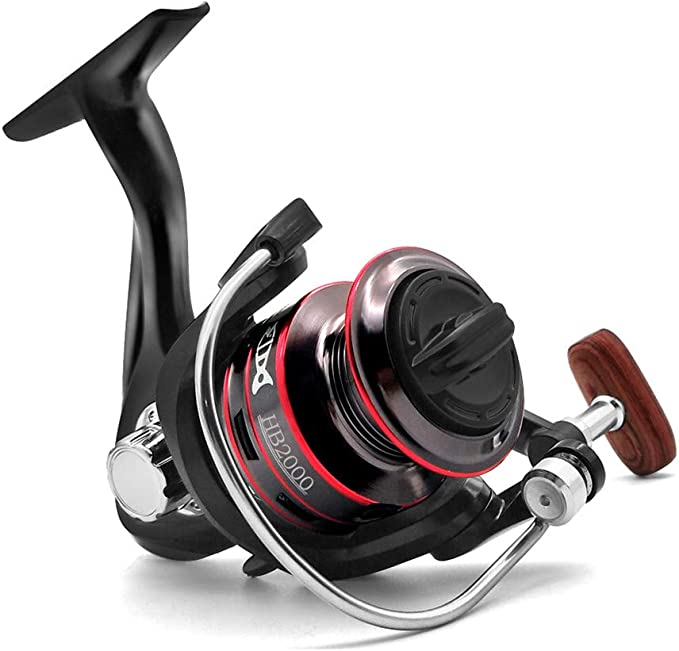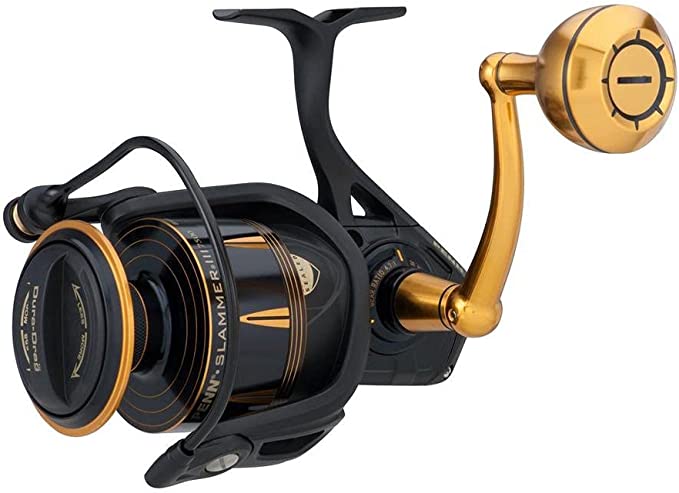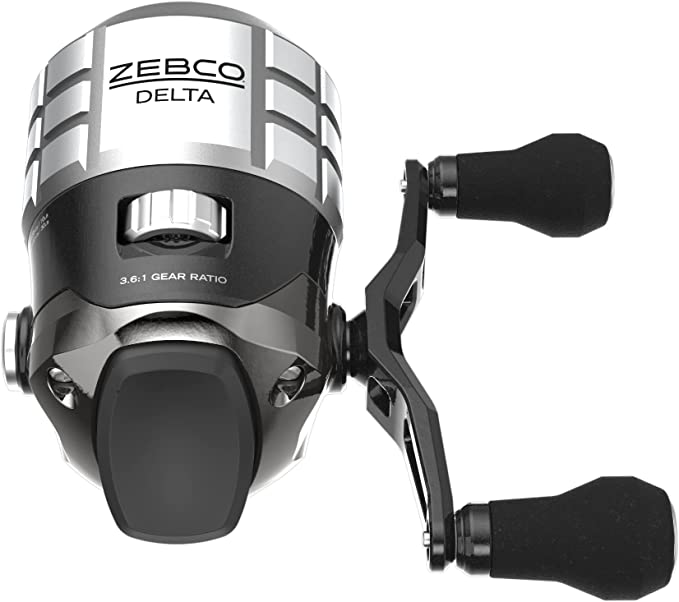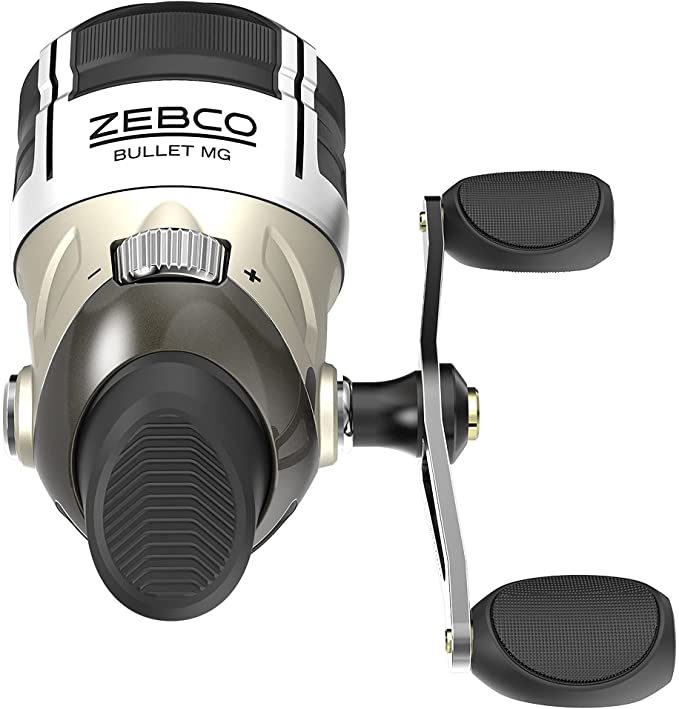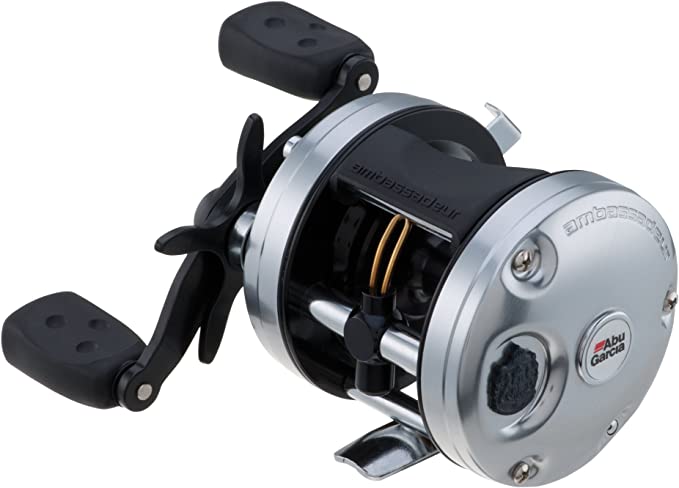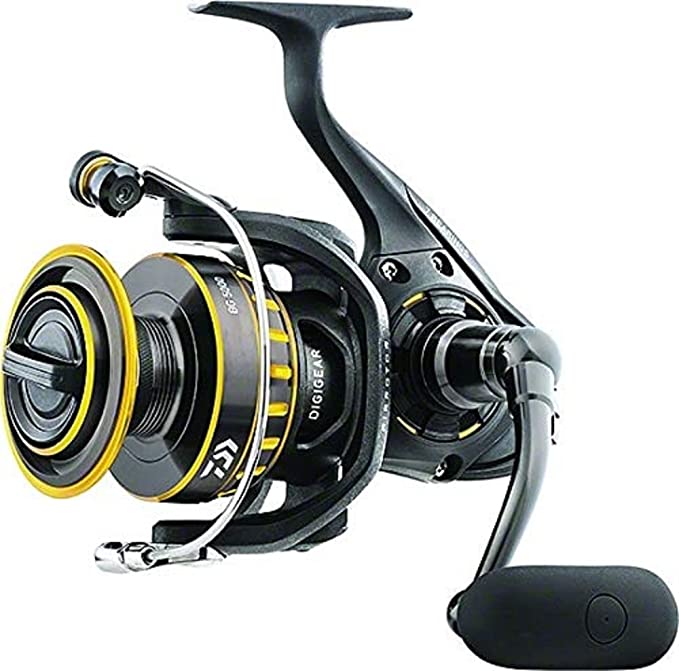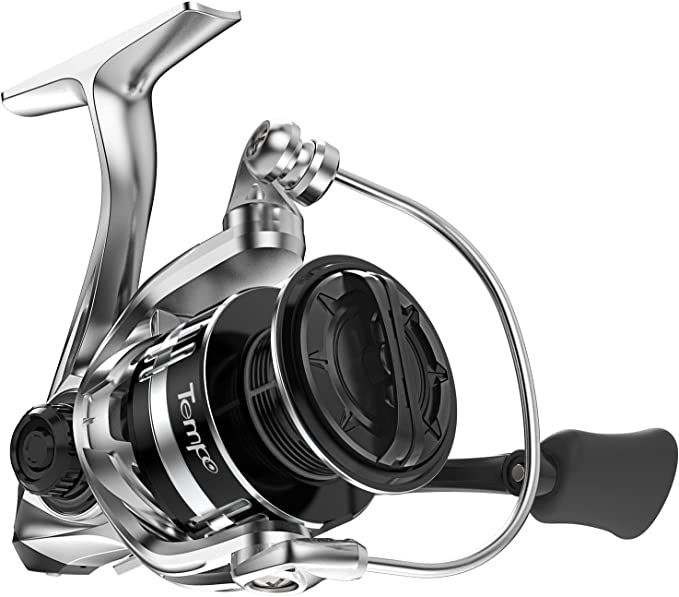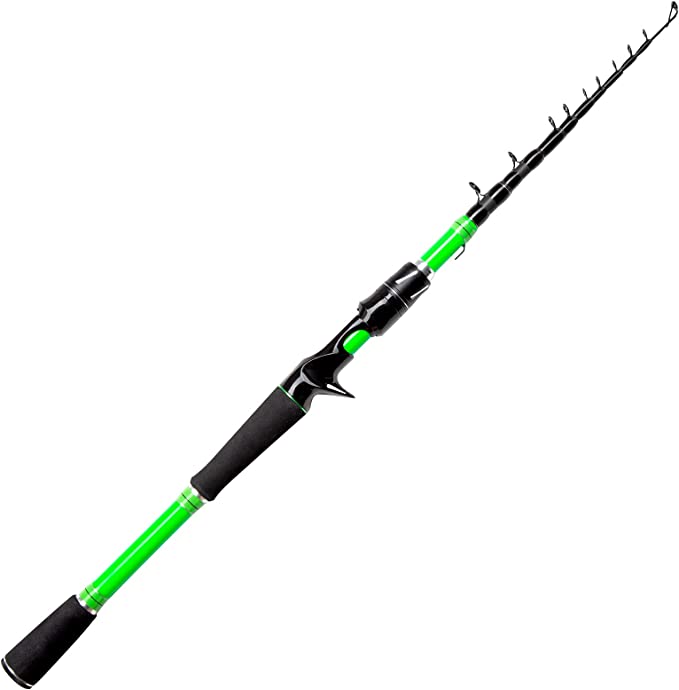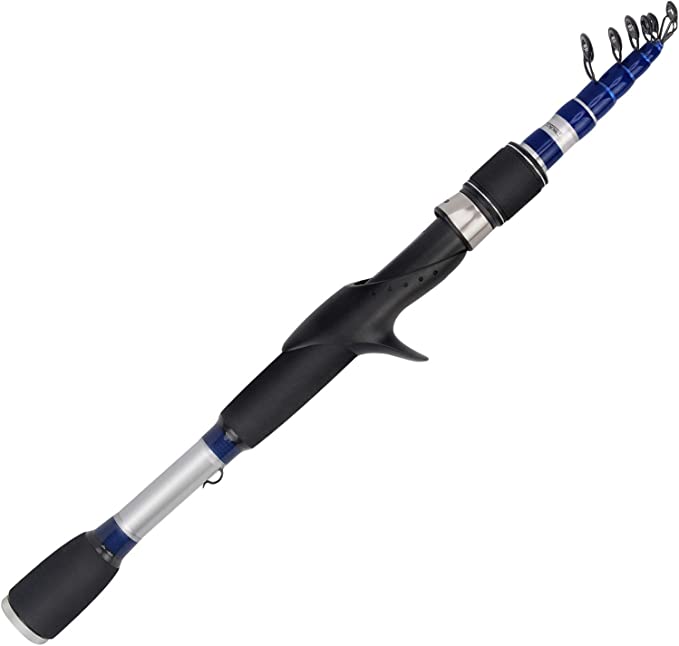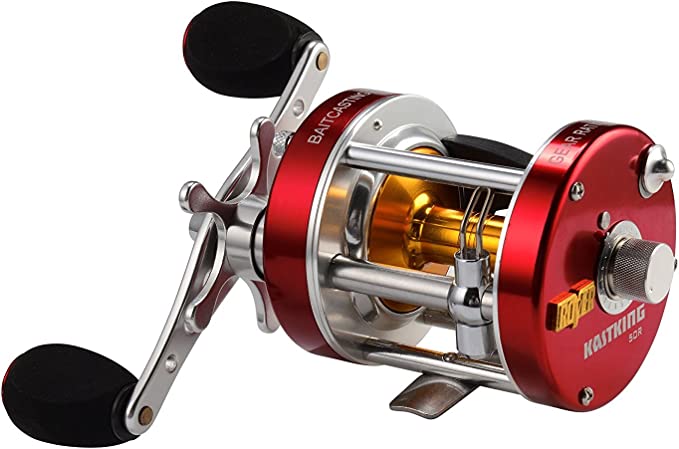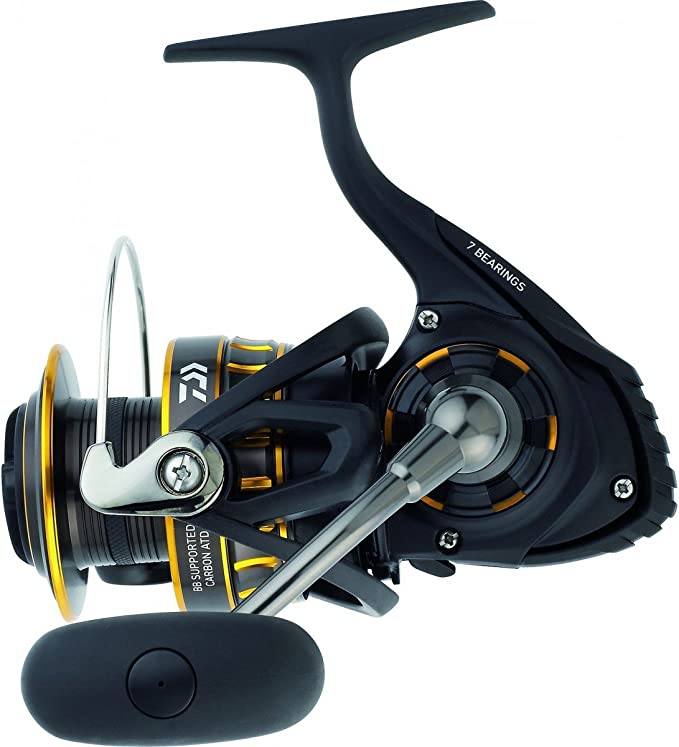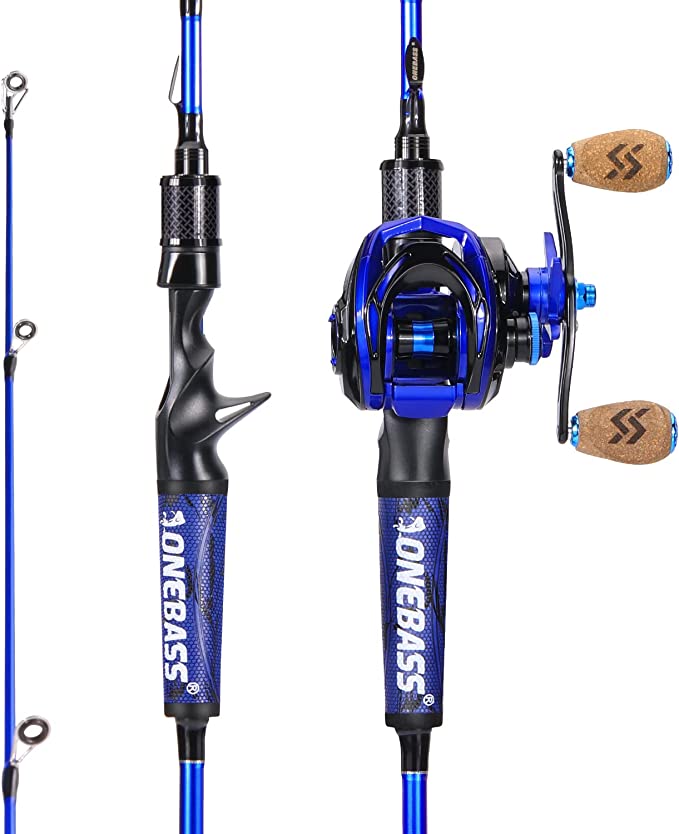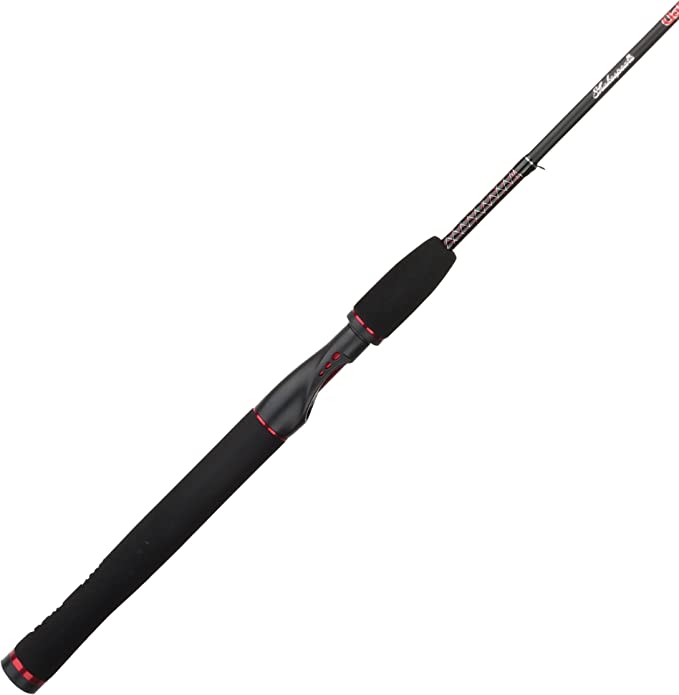The Anatomy of Power: A Deep Dive into Modern Fishing Reel Engineering
Update on Aug. 1, 2025, 10 a.m.
The world narrows to a single, electric point of contact. The subtle tap, the violent slam, then the unmistakable weight of a powerful fish surging against the line. In that moment, a battle begins. It is a contest of will and strength, but it is also a duel of technology against raw, untamed nature. The rod is your lever, the line your sinew, but the heart of the conflict lies within the intricate machine in your hand: the spinning reel. What truly separates a triumphant catch from a heartbreaking story of “the one that got away”? The answer lies hidden within an anatomy of metal and physics, a story of engineering we can uncover by placing a modern specimen like the KastKing Megatron under the microscope.
The Chassis: Forging Strength Without Weight
Before we can speak of power, we must first establish a foundation. In any high-performance machine, be it a race car or a fishing reel, that foundation is the chassis or frame. The Megatron’s “Rigid Aluminum Skeletal Frame” is a testament to this principle. The choice of material, an aerospace-grade T6061 aluminum alloy, is a critical first step. This isn’t just any aluminum; it’s an alloy hardened with magnesium and silicon, renowned in aviation and high-end cycling for its exceptional strength-to-weight ratio. It provides the unyielding rigidity needed to withstand immense force without the burden of excessive weight.
But the material is only half the story. The “skeletal” design is a masterclass in structural engineering. Inspired by everything from architectural trusses to the hollow bones of a bird, this approach carves away any non-essential material, leaving a web-like structure. This design isn’t merely for aesthetics; it’s about intelligent stress distribution. When a 30-pound striped bass makes a powerful run, the forces trying to twist the reel are immense. A lesser frame would flex, causing the internal gears to minutely misalign. This “gear flex” is a silent killer of performance, robbing you of cranking power and creating a grinding, inefficient feel. The skeletal chassis, often created through a process called CNC (Computer Numerical Control) machining which carves the part from a solid block of aluminum, ensures absolute structural integrity. It is the rigid, unyielding backbone upon which all other systems can perform their duties flawlessly.
The Drivetrain: The Heart of the Machine
With the foundational strength secured, we turn to the heart of the machine: the drivetrain. This is the gear system responsible for converting the circular motion of your hand into the powerful line retrieval that brings a fish to shore. Here, we encounter a fascinating principle of metallurgy in the pairing of a durable zinc alloy main gear with a solid brass pinion gear.
Engineers deliberately choose these dissimilar metals to create a more durable and reliable system. When two identical metals grind together under pressure, they can suffer from galling—a form of wear where they essentially bond at a microscopic level and tear fragments from each other. By pairing a robust, strong zinc alloy gear with a softer, naturally lubricious brass pinion, the wear characteristics are optimized. The brass pinion, with its excellent corrosion resistance, acts almost as a sacrificial, yet incredibly durable, partner. This careful metallurgical dance is the source of a reel’s smooth, authoritative feel and ensures the drivetrain’s longevity, season after season. This system is governed by the gear ratio, a simple number that dictates the trade-off between speed and power. A higher ratio retrieves line faster, ideal for some techniques, while a lower ratio provides more torque—or cranking power—a crucial mechanical advantage when battling a heavyweight opponent.
The Braking System: Taming Power with Physics
A powerful engine is useless without equally capable brakes. In a fishing reel, this is the drag system, and it is arguably the most critical component during the fight. The Megatron’s drag is built around carbon fiber, a material celebrated in the worlds of Formula 1 racing and aerospace for two key properties: a high, stable coefficient of friction and phenomenal heat dissipation.
When a fish makes a blistering run, the drag discs spinning against each other generate intense heat. Inferior materials can glaze over or lose their consistency when hot, leading to a jerky, unpredictable drag—the primary cause of snapped lines. Carbon fiber, however, maintains its smooth grip, converting the fish’s kinetic energy into heat and efficiently dissipating it. The “triple-disc” configuration simply increases the total surface area for this process to occur, resulting in an exceptionally smooth and consistent release of pressure. When a reel boasts “over 30 lbs. of drag,” it means it can exert enough force to vertically lift a heavy suitcase off the ground without giving an inch. It’s this unyielding, yet utterly predictable, authority that allows an angler to confidently tame a fish’s power.
The Joints and Defenses: Ensuring Fluidity in a Hostile World
Finally, we look at the components that ensure all this power is transmitted smoothly: the ball bearings. A 7+1 system signifies seven standard ball bearings for fluidity in the handle, line roller, and drivetrain, with the “+1” representing a crucial one-way roller bearing for the Instant Anti-Reverse. This clutch-like bearing prevents any backward movement of the handle, allowing for immediate, solid hooksets.
The material and design of these bearings are paramount, especially for an angler who might face saltwater. Stainless steel is the baseline for corrosion resistance. More importantly, the bearings are “double-shielded.” A shield is a thin metal ring that sits just inside the bearing race, acting as a physical barrier against sand, salt crystals, and grit. While not fully waterproof like a “sealed” bearing (which uses a rubber seal and creates more friction), shielded bearings offer excellent protection from debilitating contaminants while maintaining a near-frictionless glide. They are the silent guardians of the reel’s internal world, ensuring that the machine remains smooth and functional, even when its environment is anything but.
Conclusion: The Angler as an Engineer
As we step back from our dissection, the fishing reel transforms. It is no longer just a tool of metal and plastic, but a symphony of applied science. The unyielding frame is a lesson in structural mechanics. The gearset is a study in metallurgy. The drag system is a masterclass in the physics of friction and thermodynamics. Each component, born from a specific engineering challenge, works in concert to create a machine that is far greater than the sum of its parts. By understanding the anatomy of this power, the angler becomes something more—a practitioner with a deeper appreciation for their gear. You learn to value the silent hum of well-meshed gears and the flawless payout of a superior drag system, recognizing them not just as features, but as the tangible results of human ingenuity standing ready for the next powerful surge from the wild unknown.










